What is the convention for direction of an electric field?'
Step-by-Step Solution:
1. Understanding Electric Field: An electric field is a region around a charged object where other charged objects experience a force. The electric field is represented by field lines.
2. Direction of Electric Field Lines: The convention for the direction of electric field lines is that they point away from positive charges and towards negative charges. This means that if you have a positive charge, the electric field lines will radiate outward from it.
3. Field Line Representation: The density of the field lines indicates the strength of the electric field. Closer lines mean a stronger field, while lines that are further apart indicate a weaker field.
4. Positive and Negative Charges:
- For a positive charge (e.g., a proton), the electric field lines will emanate outward.
- For a negative charge (e.g., an electron), the electric field lines will converge inward towards the charge.
5. Conclusion: Therefore, the convention for the direction of an electric field is that it is directed away from positive charges and towards negative charges.
- For a positive charge (e.g., a proton), the electric field lines will emanate outward.
- For a negative charge (e.g., an electron), the electric field lines will converge inward towards the charge.
Topper's Solved these Questions
- STATIC ELECTRICITYBOOK - CENGAGE PHYSICSCHAPTER - STATIC ELECTRICITYEXERCISE - MANDATORY EXERCISE (Exercise Set I) Multiple Choice Questions with One Correct Answer
13 Videos
- STATIC ELECTRICITYBOOK - CENGAGE PHYSICSCHAPTER - STATIC ELECTRICITYEXERCISE - MANDATORY EXERCISE (Exercise Set II)
13 Videos
- STATIC ELECTRICITYBOOK - CENGAGE PHYSICSCHAPTER - STATIC ELECTRICITYEXERCISE - OLYMPIAD AND NTSE LEVEL EXERCISES
10 Videos
- SOURCES OF ELECTRIC CURRENTBOOK - CENGAGE PHYSICSCHAPTER - SOURCES OF ELECTRIC CURRENTEXERCISE - OLYMPIAD AND NTSE LEVEL EXERCISES
10 Videos
- TRANSFER OF HEATBOOK - CENGAGE PHYSICSCHAPTER - TRANSFER OF HEATEXERCISE - OLYMPIAD AND NTSE LEVEL EXERCISES
10 Videos
Similar Questions
Knowledge Check
The conventional direction of an electric current is
Afrom excess electrons to deficient electronsBfrom deficient electrons to excess electronsCfrom high temperature to low temperatureDcurrent has no direction.The given figure represents a portion of a wire in a circuit. A current is flowing in the wire in the direcnon shown. Under the convention that is positive charge that flows, the electric field point field in the direction of the charge rent. There will be some charge
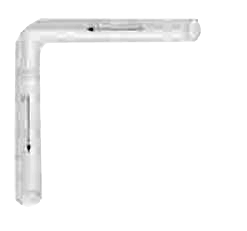 accumulation at the bend to change the direction of the electric field. What is the direction of the electric field due to charges at the bend?A
accumulation at the bend to change the direction of the electric field. What is the direction of the electric field due to charges at the bend?A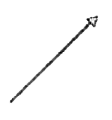 B
B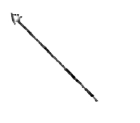 C
C D
D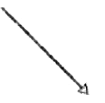
When a negative charge moves in a direction opposite to the direction of an electric field,
AThe field does work on the chargeBThe charge does work on the fieldCThe charge gains potential energyDThe charge loses potential energy
What is the angle between the directions of electric field due to an electric dipole and its dipole moment at any :
(i) Axial p oint . (ii) Equatorial point .
View SolutionThe figure here shows a proton p and an electron e on x axis. What is the direction of the electric field due to the electron at (a) point S and (b) point R ? What is the direction of the net electric field at (c ) point R and (d) point S?
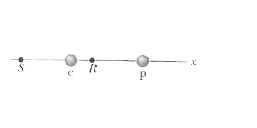
View SolutionWhat is the magnitude and direction of the electric force on a −1.2μC charge at a point where the electric field is 2500 N/C and is directed along the +y axis.
View SolutionAn electric dipole placed withits axis in the direction of a unifrom electric field experience
View SolutionUniform electric and magnetic fields are produced in the same direction. An electron moves in such a way that its velocity remains in the direction of electric field. The electron will-
View Solution
